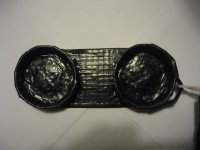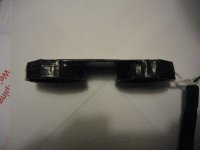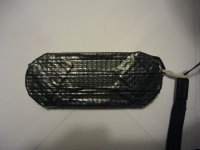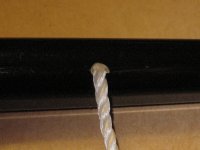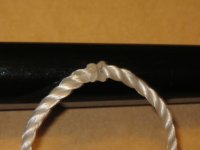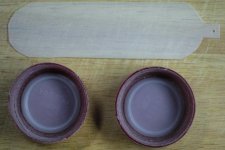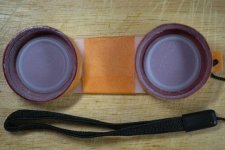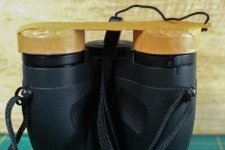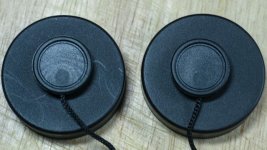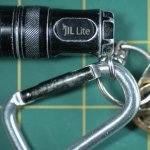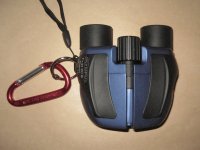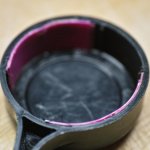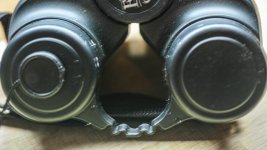My Attempt
I do so enjoy numbered paragraphs. Over the weekend I went to Walmart (see photo 1 - South Philadelphia - Delaware River) with an original lens cap. I tested 20 - 25 bottle caps and chose one that was 33 mm across (the bottle cap flares out).
This is the one I got (US - 16 oz):
http://www.pomwonderful.com/pomegranate-products/juice/
NOT this one (UK - 750 ml):
http://www.pomwonderful.co.uk/pomegranate-products/juice/
1) Lens Caps - I had to sand the inside of the caps (see photo 2) [I used 220 & 320 grit sandpaper - It's what I had on hand] to get them to fit. You'll know when you've sanded enough when:
a) The bottom of the cap comes within 2 mm of the diaopter adjustment (see photo 4).
b) The cap rotates freely in a clockwise direction.
c) I put the caps in the freezer overnight and they still rotated freely.
Note: The < 2 mm gap is a great improvement over the 4 mm gap the original lens caps give.
2) Mentholated Spirits (my spell check changed it): I don't drink and so am unfamiliar with this type of spirit (Creme de Menthe? Green or White?). I used alcohol swabs.
3) Duct Tape: I confess to being puzzled with the need for Duct tape. Since all the parts are plastic, the DT provides no waterproofing benefit. After some thought, I decided the benefit was mostly ornamental. Keeping this in mind, and taking into account that if the rain-guard got soaked it would also be very bad for the Elite, I went with orange masking tape (see photos 3&4 - I messed up the white balance in photo 4...It's really orange).
4) NO Flames! - I tied a double knot in the cord, dabbed on some Krazy (Crazy?) Glue, and snipped off the end (see the right-hand side of photos 3&4). It's a trade-off between flames & fumes (I also used contact cement).
Note: I've built a computer that involved sleeving the cables and I used the flame technique to bind the ends of the sleeve.
I really like my new rainguard...Much thanks!
John




